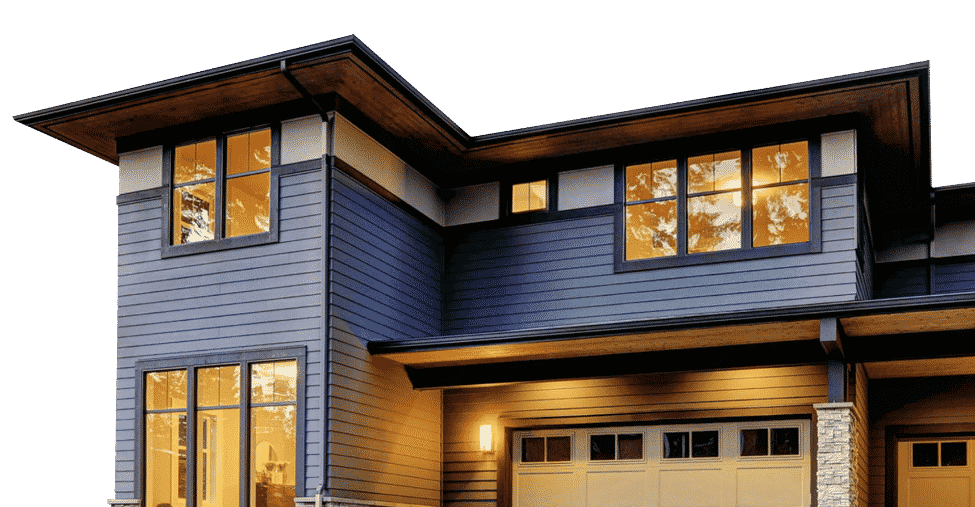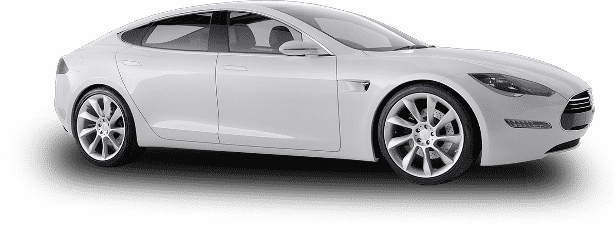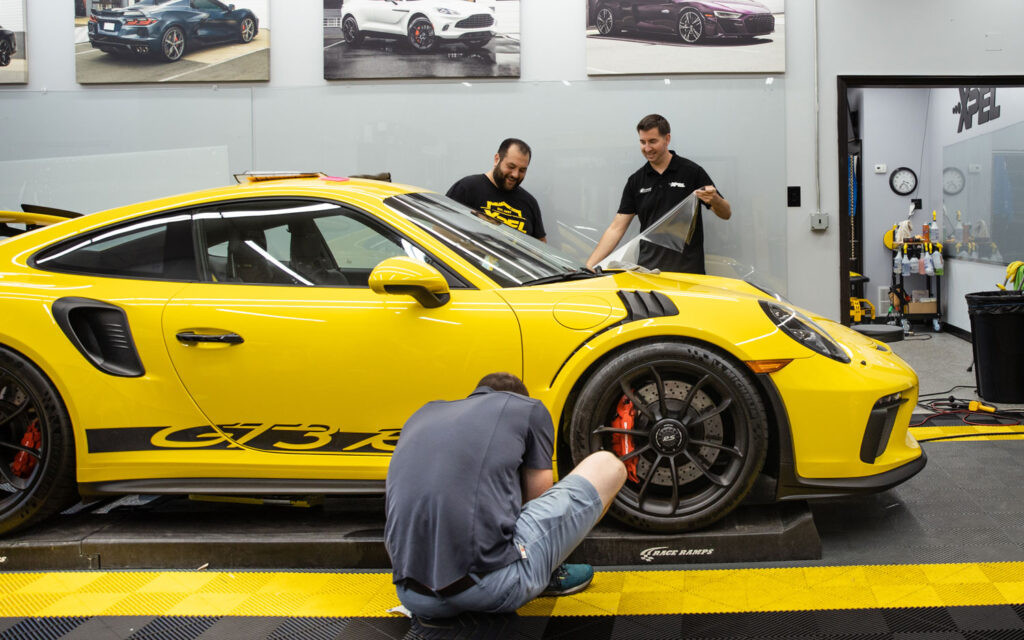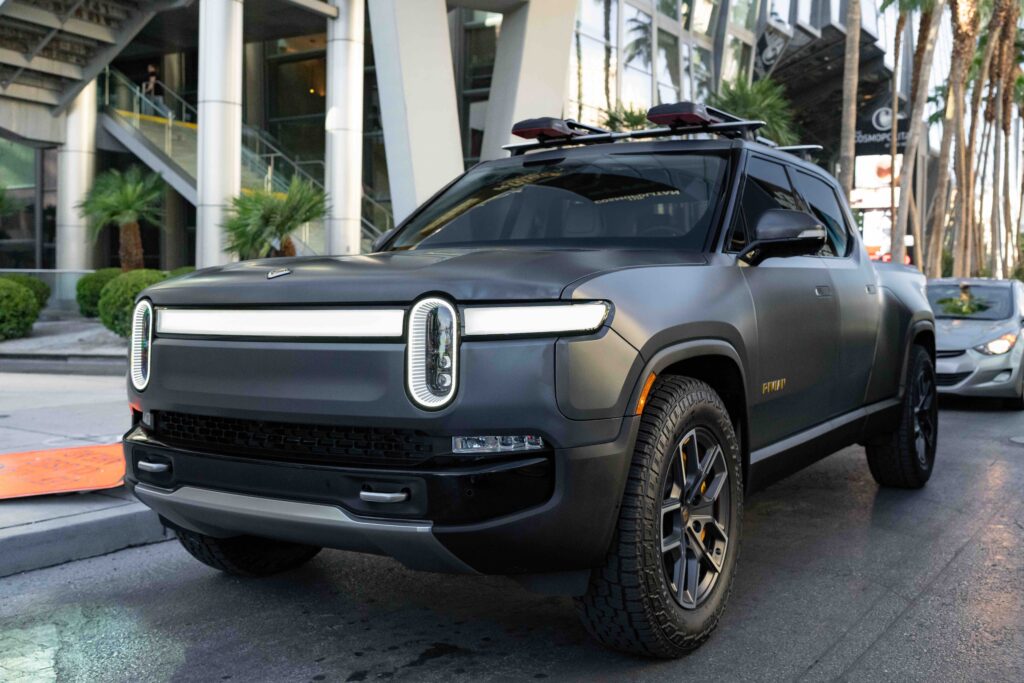
Bulking vs. Templates
by Mike Burke
There’s a widespread industry sentiment that bulking is the “purist” method of doing paint protection film (PPF), while templates are somehow inferior or “cheating.” We have installers making YouTube videos and Instagram posts showing their seamless, pristine PPF installations and talking about how they’re artists and wrap every edge. I think a lot of this comes from a vehicle-wrap mentality; if you’re doing a color change, for example, you need to wrap every edge and avoid seams. But with PPF, not only is it unnecessary, it’s better not to install it this way.
Stretched Thin
Wrap material is .5 mil thick, while PPF is eight mil. That means PPF IS 16 times the thickness of vinyl. Treating PPF like vinyl can lead to overstretching and failure. Templates are designed to stretch the material the optimal amount, with relief cuts in the proper places to maintain the integrity of the material.
When you bulk, it’s harder to keep track of how far you’re stretching the material. If you stretch it too far, instead of eight mil, you’ll have a thinner barrier in places, which will affect performance. The properties that allow PPF to self-heal from shallow scratches also give the film memory and cause it to shrink back to its pre-stretched size. If stretched too far, the glue will fail over time, and the film will start to shrink away from those beautifully wrapped edges.
Risks In Bulk
While it seems like a seamless installation would always be better, is that the case? If you have no
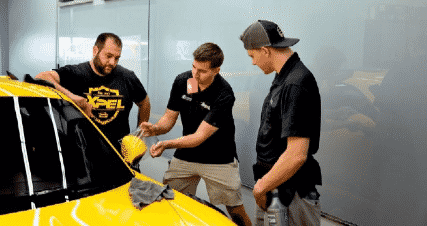
seams, when you want to replace a piece, you’re taking off more material and then the customer is paying more to replace that big piece. This isn’t a color change. Instead of investing time in taking apart the car and overstretching the material to avoid any seams, invest time in learning to do a great job with your seams.
Finally, bulking comes with a lot more risk than templates. With a template, blades are safe inside the plotter, distant from the paint you’re supposed to be protecting. There’s a lot of liability in taking cars apart. Every time you remove a panel, you run the risk of breaking clips or worse.
Money Matters
There’s still the profit factor. There’s probably an artist inside any PPF installer, but we’re doing this to make money. Templates are faster to install, they’re easier to train, and they’ll save you material if you do an excellent job nesting.
I’ve seen two guys spend a week wrapping one car. Two of my guys can do three to five full vehicles in a week. The ticket is higher for the complete custom job, but it’s not 10 times higher.
Unique, one-off cars that don’t have templates available are a niche market–but it’s a minuscule one compared to thousands of production cars. The time investment keeps it from being as lucrative as you might expect. I know some of the best PPF installers in the country personally, and most of them say the same thing: “You don’t want to be me; you’ll lose money.”
I think the future of PPF will come down to the quality of the templates available. If you don’t have access to the best patterns right now, the best thing you can do isn’t try to convince the world that bulking is better; instead, lean on your manufacturer to put their R&D money into template design and cutting software. Competition drives innovation and the entire industry will be better off as a result.

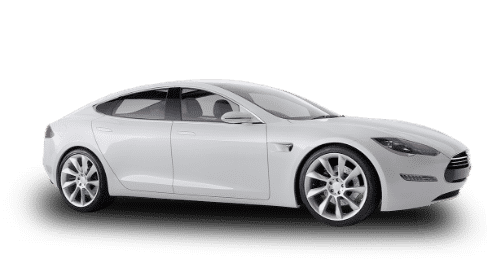

 Visit Us Today
Visit Us Today